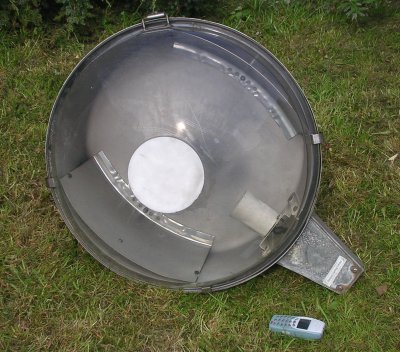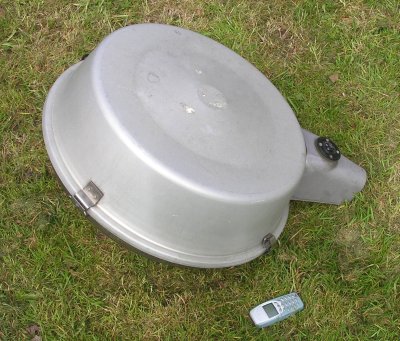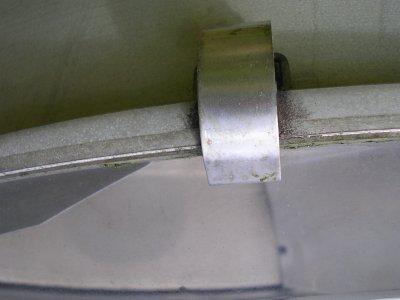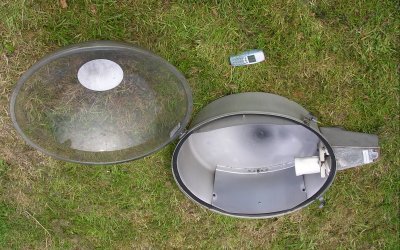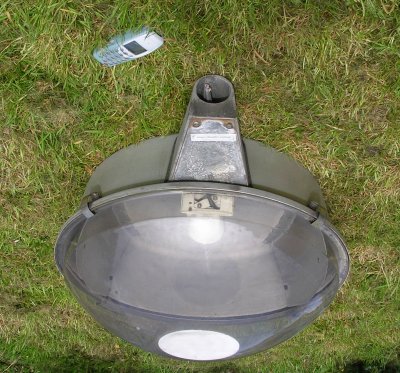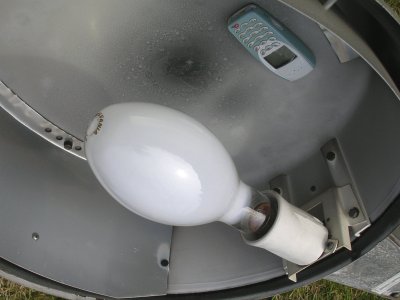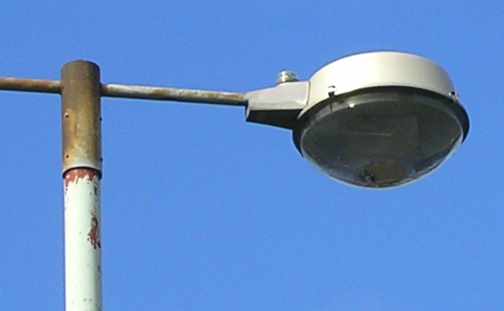Simplex 'Jupiter' remote-geared lantern for 250/400w SON/MBF elliptical lamps
|
Manufactured by Simplex Lighting
of Tipton (West Midlands) in the 1980s as a group A
lantern for use on main roads, the Simplex 'Jupiter'
was a very different design from the squarish looking
REVO 'Jupiter' lantern that had proceeded it years before.
The Simplex Jupiter was available in two basic versions:
The 'Jupiter', which was a remote-geared lantern and
the 'Jupiter-Major',
that incorporated control gear within an extended shoe
mounted at the rear of the lantern. Designed to be operated
with either 125w/250w/400w elliptical high-pressure
sodium lamps or 250w/400w mercury elliptical lamps,
the ajustable lamp holder could be altered to give either
full cut-off, or semi cut-off light distribution.
In 2007, the Jupiter is fast disappearing from British streets, as renewal schemes take their toll on these main road lanterns. But examples can still be found in places that were once REVO/Relite/Simplex strongholds, such as Gywnedd in North Wales, and Wolverhampton in the West Midlands. Standing opposite the town's University on a twin-armed bracket, the Jupiter shown here came from Stafford Street, Wolverhampton and originally ran a 250w SON-E lamp, the lantern was still in use until early 2007.
The Simplex Jupiter is easily distinguishable by its large round outline and upturned deep-sided frying pan shape. Only the Philips MA30 looks anything like it, but that is of a shallower section and its canopy is usually finished in a white powder coating, although the clear plastic bowl on the MA30 is incredibly similar.
Of course, you'd only normally see a Jupiter in this attitude from a bridge or high building, but the picture clearly shows the position of the NEMA socket for the one-part photocell (originally a SELC, which were favoured by Wolverhampton Council). Also note the arrangement of the bowl hinge and retaining clips. The mobile phone gives us a sense of scale. This lantern dates from the early 1980s and was in natural grey aluminium finish from new; however, later examples came in hammered blue painted finish.
The large clear acrylic plastic bowl is held into place by a single hinge and three quick-release stainless steel clips.
With the three retaining clips un-fastened, the bowl can be swung open on its single point hinge, allowing access to the canopy's generous interior. Note the heat mark on the inside of the canopy from the SON lamp.
The simple layout of the hinge is designed for quick release to allow the easy changing of the bowl in situ should it require replacement.
To gain access to the shoe, the galvanised steel plate beneath the shoe is removed by un-doing the two screws at the rear most end, the plate then drops away revealing the terminal connection block, earthing point, and spigot receptor locking bolts.
The upturned picture makes the mobile phone look like it has been glued to the inside of the canopy! But this is how the lighting engineer would see the lamp and lamp holder whilst carrying out routine maintain. Again, the phone gives us a sense of scale, and shows how big the elliptical 400w Sylvania SON-E (E = elliptical) lamp is. Note the holes on the lamp support for adjusting the height of the GES lamp holder to give full cut-off or semi cut-off light distribution.
Photographed in Chapel Ash, Wolverhampton in the summer of 2005, this Simplex Jupiter is identical to the example held in the collection. |
Copyright(c) 2005 Claire Pendrous. All rights reserved.
Please note that all pictures are by Claire Pendrous, or are part of the Claire Pendrous photographic collection unless otherwise stated; none of these images can be copied without obtaining prior permission.
